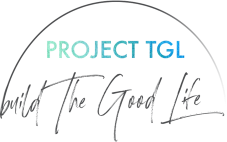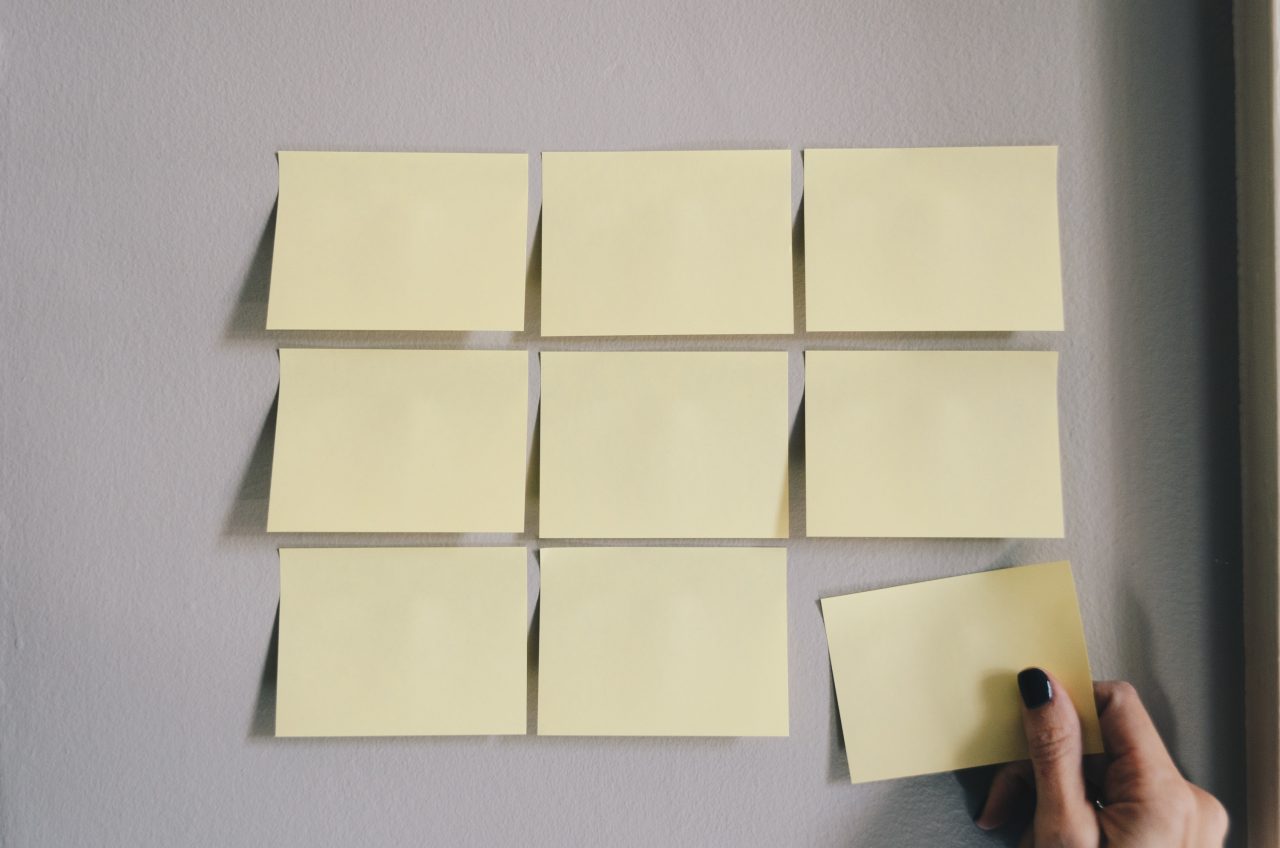Not all advice is created equal. Google “how to write a to-do list”, and you’ll get 280 million results, including lots of advice from self-styled productivity gurus. The problem? Many of these bits of advice contradict each other.
I recently read a magazine article which on one page suggested “throw your to-do list out the window” because nobody puts important things like “spend time with their children” on their to-do list. On the very next page the article suggested writing all of your chores down in one place so that you can feel confident that they’ll get done (in other words, write a to-do list).
So how do you separate the good from the bad? Well, here is a very common piece of advice that I think you can safely ignore every single time:
Limit the number of items on your to-do list.
I’ve seen a few different versions of this advice:
- Limit your list to six items (the Ivy Lee method).
- Write your list on a post-it; only write what will fit on a single post-it.
- If something doesn’t contribute to your top three goals for the year, then don’t put it on your list.
What these pieces of advice have in common is that they aim to make your to-do list simpler. But the point of a to-do list isn’t to be simple. The point of a to-do list is to make your life simpler.
There are three big problems with advice that asks you to limit how many items you put on your to-do list.
Problem 1: Keeping your to-do list super-short means that you can’t break big tasks into small, actionable steps.
If I was trying to keep my to-do list short, I might write something like “Plan workshop” on my to-do list. But that’s not a task. It’s a whole project.
My work becomes much more manageable when I break that big project down into smaller pieces.
In fact, I have a template of tasks ready to go for the day before a workshop, which includes:
- look over my slides to make sure I remember what I want to say about each of them;
- print off a hard copy in case something goes wrong with the tech;
- save the slides to USB and place the USB in my work bag;
- print off worksheets and put them into my work bag;
- get clear on the exact location of the workshop and make note of address and room number;
- set an alarm
…the list goes on.
Going over this list only takes about 30 minutes, but it would take at least twice as long if I didn’t have such a clear list of tasks to check through.
And to-do lists aren’t just for work. They’re for every part of your life. Which brings me to Problem 2.
Problem 2: Life is full of thousands of little chores that have to get done, but are never going to be one of the 6–10 most important things you’re doing today.
“Keeping the place tidy” might not be one of your Big Goals for 2018, but the dishes still need to get washed, amirite? Whenever I read advice like this, I can’t help thinking that the person who wrote it obviously isn’t responsible for doing any housework.
Look, here’s a list of six tasks (count them): Doing a load of laundry, hanging it out, tidying up living spaces, doing a 10-minute mindfulness meditation, cooking a meal, and washing up afterwards.
Unless you live with really messy family members/housemates, those six tasks will take up no more than 1–2 hours of your day. But gosh darn, you’re not allowed to do more than six things today! I guess if you ever want to get any work done, you’ll just have to leave the house in a mess, let the dishes get fetid in the sink, and wear dirty laundry.
“Hey, slow down Christina,” I hear you say. “You’re being unfair. People who write short to-do lists still do their laundry and stuff. They just don’t write the little things onto their to-do lists.”
You know, I’m so glad you brought that up, because it leads us right to Problem 3.
Problem 3: When you don’t put the little things on your to-do list, they take up more headspace than the things that are actually important.
The point of a to-do list isn’t to be simple. The point of a to-do list is to clear out all that mental clutter that’s living in your head so that you can focus on one thing at a time.
When you write things down onto your to-do list, your brain knows that you’re going to take care of them. So it starts bugging you about the things you didn’t write down. There you are, trying to prepare for a workshop (a big, important thing), and your brain keeps going “Psst, the laundry hasn’t been done for a while. Should you get on that?” and “Oh, did you remember to record QI?” and “Don’t forget to deposit the cash at the bank.”
That’s the opposite of what a to-do list should do. A to-do list should give you the headspace to focus on the big things, confident that all those little things will get done too.
That’s why I write this blog: to give people headspace for the big things. You’d be amazed at how much deep focus you can give the really important things in life when you know that you’re on top of sh*t when it comes to all those little things.
So: next time you’re writing a to-do list, make it a loooooong to-do list. Write down ALL the things. Even (especially) the little things. Get detailed.
Feel that sense of calm? That’s your brain, thanking you.




